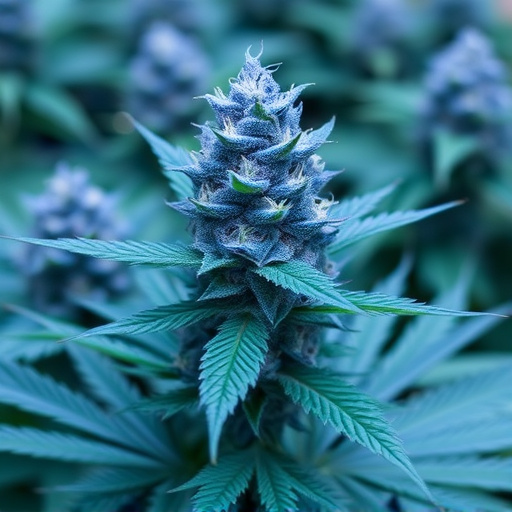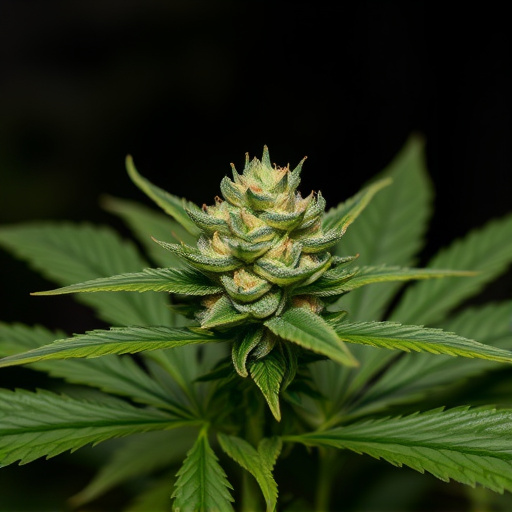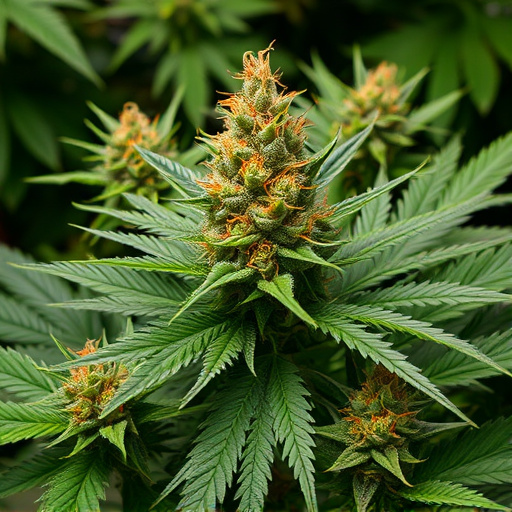Exotic marijuana strains captivate global users due to their distinct genetic makeup, resulting in unique terpene and cannabinoid profiles. The pursuit of these rare strains has spurred scientific exploration, with cultivators hybridizing plants to amplify desirable traits. This unlocks a wide array of cannabinoids and terpenes, offering diverse sensory experiences and potential therapeutic advantages. These exotic strains cater to varied consumer preferences, from euphoric highs to calming effects, making them a fascinating area of interest for both cannabis enthusiasts and researchers.
“Unraveling the intricate factors that shape the cannabis experience is a complex yet captivating journey. This article delves into the diverse world of cannabis, exploring how genetics, environment, and individual biology combine to create unique effects. From the intricate genetic makeup of exotic marijuana strains, rich in terpenes and cannabinoids, to the impact of cultivation techniques and individual biological variations, each element plays a pivotal role. Discover how these factors contribute to the multifaceted nature of cannabis, offering tailored experiences for every user.”
- Genetics and Exotic Marijuana Strains: Unlocking Unique Effects
- – Exploring the genetic makeup of cannabis plants
- – The role of specific terpenes and cannabinoids in exotic strains
Genetics and Exotic Marijuana Strains: Unlocking Unique Effects
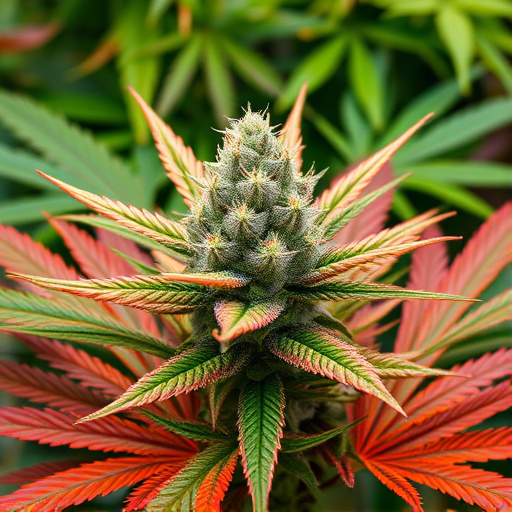
Genetics play a pivotal role in shaping the unique characteristics and effects of cannabis. Each strain, whether cultivated locally or sourced from around the globe, carries its own genetic makeup, contributing to distinct profiles. Exotic marijuana strains, in particular, have gained popularity for their seemingly otherworldly effects, often attributed to rare terpene profiles and high cannabinoid concentrations. These strains offer a world of diverse experiences, ranging from euphoric and uplifting highs to calming and sedative effects, catering to a wide array of consumer preferences.
The quest for exotic marijuana strains has led cultivators worldwide to explore rare genetics, resulting in hybridization and backcrossing to amplify desirable traits. This scientific approach unlocks a treasure trove of unique cannabinoids and terpenes, enhancing the overall cannabis experience. The diverse genetic makeup not only influences the sensory aspects but also contributes to potential therapeutic benefits, making exotic strains a fascinating area of study for both enthusiasts and researchers alike.
– Exploring the genetic makeup of cannabis plants

The genetic makeup of cannabis plants plays a pivotal role in dictating their effects and overall profile. Each strain, from the most common to exotic marijuana strains, carries unique traits passed down through generations of breeding. These genetic factors influence the concentration of cannabinoids like THC (tetrahydrocannabinol) and CBD (cannabidiol), as well as the presence of various terpenes—organic compounds responsible for the characteristic aromas and flavors of different cannabis varieties.
Understanding these genetic nuances is essential when exploring the diverse effects that cannabis can have on the human body and mind. For instance, strains high in THC tend to induce more intense psychoactivity, while those rich in CBD often offer calming and anti-inflammatory properties without the intoxicating effects. This genetic diversity contributes to the wide range of experiences associated with cannabis consumption, catering to various preferences and desired outcomes.
– The role of specific terpenes and cannabinoids in exotic strains
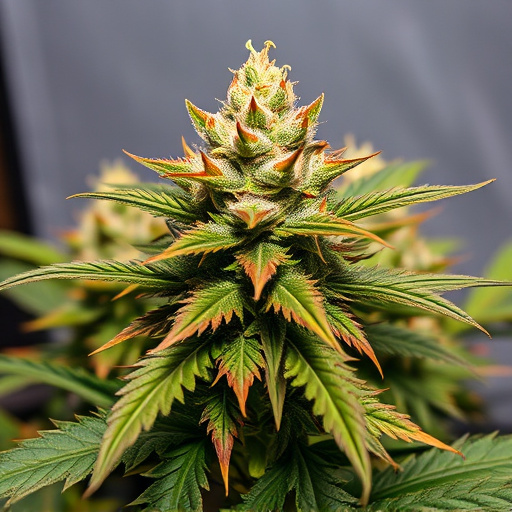
The unique effects of exotic marijuana strains are largely attributed to their diverse profiles of terpenes and cannabinoids. Terpenes, aromatic compounds found in many plants, contribute significantly to the distinct scents and flavors of different strains. Each terpene has potential therapeutic benefits; for instance, myrcene is known for its relaxing properties, limonene for its uplifting effects, and pinene for enhancing cognitive function. The interaction between terpenes and cannabinoids, such as THC (tetrahydrocannabinol) and CBD (cannabidiol), creates a complex interplay that influences the overall experience of consuming exotic strains.
Cannabinoids play a pivotal role in modulating the body’s endocannabinoid system, which is responsible for regulating various physiological processes. High concentrations of specific cannabinoids in exotic strains can intensify their effects. For example, THC is primarily responsible for the psychoactive high associated with cannabis, while CBD offers potential anti-inflammatory and anxiolytic properties. The combination of terpenes and cannabinoids in these exotic strains allows for a wide range of therapeutic applications and diverse user experiences, making them particularly sought-after among consumers looking for targeted relief or enhanced sensory pleasure.
In understanding the multifaceted world of cannabis, it’s clear that both genetics and the unique chemical profiles of exotic marijuana strains play pivotal roles in determining their effects. The intricate interplay between terpenes, cannabinoids, and plant genetics offers a vast landscape for exploration, highlighting the need for continued research and consumer education. By delving into these factors, we can unlock the full potential of cannabis, ensuring informed choices and enhancing individual experiences with exotic marijuana strains.


